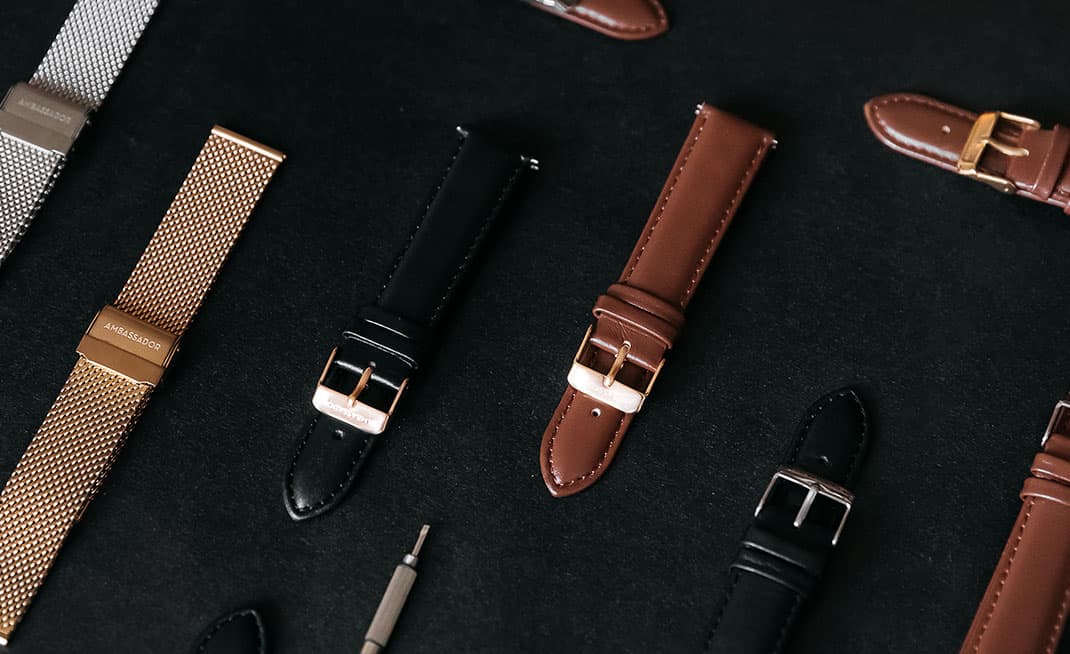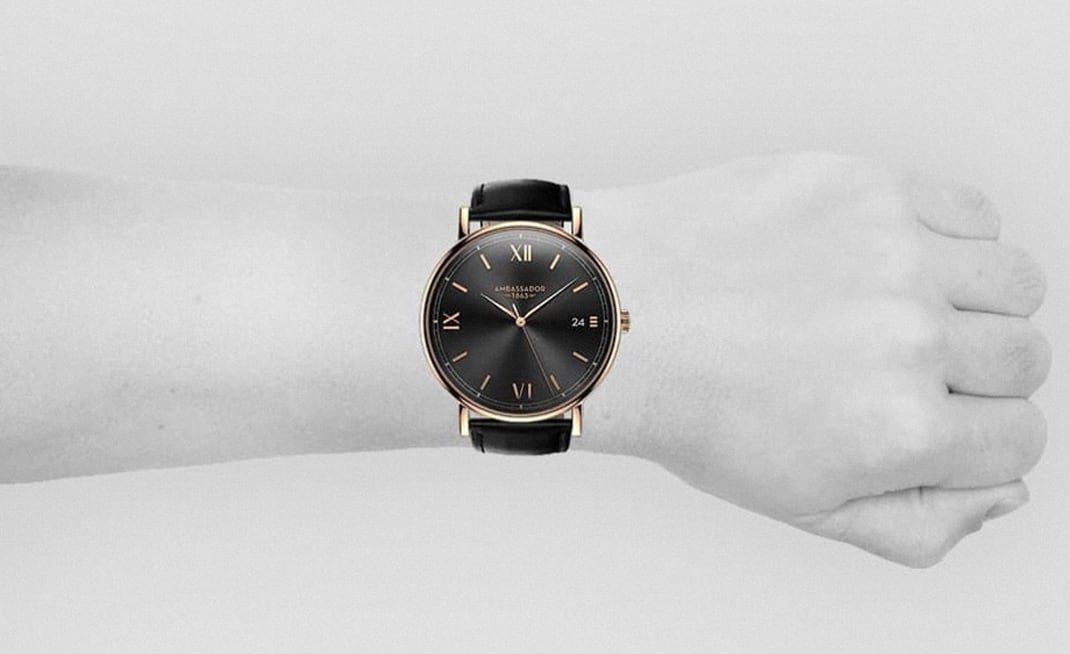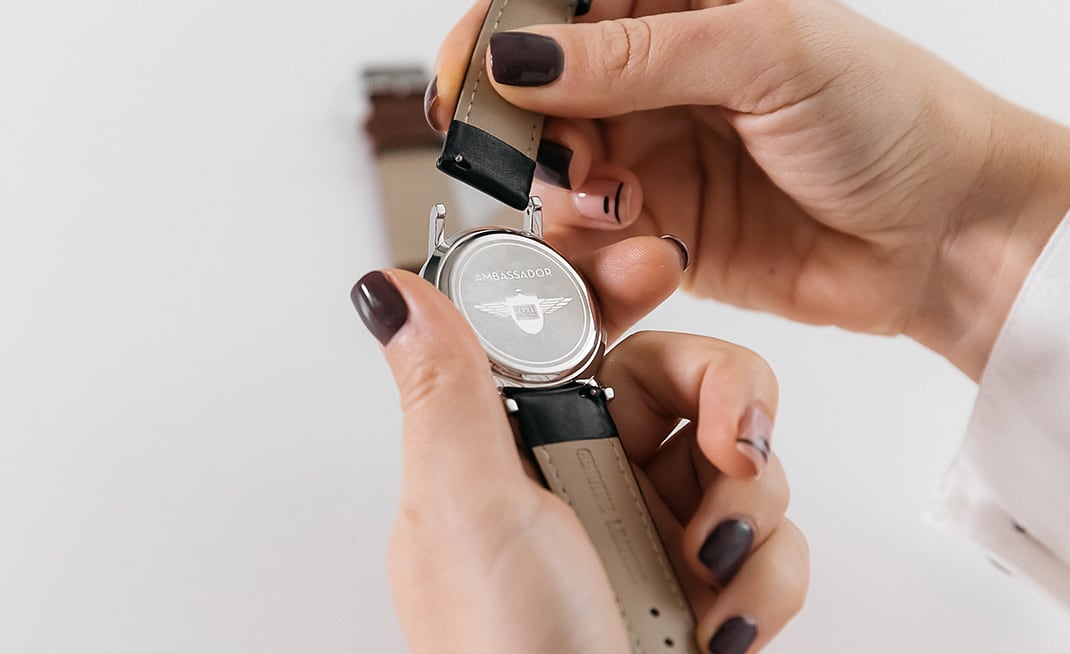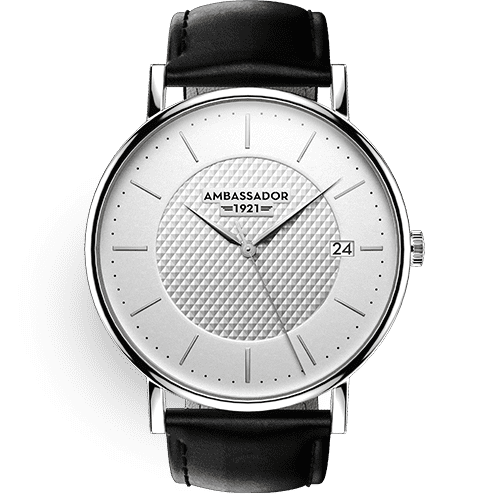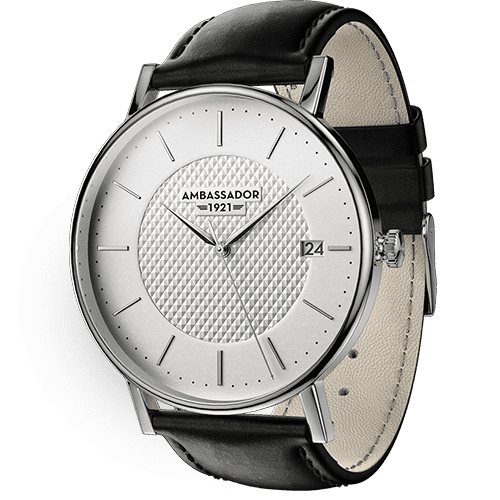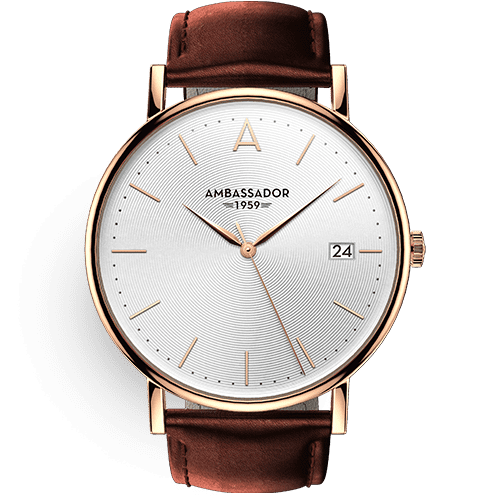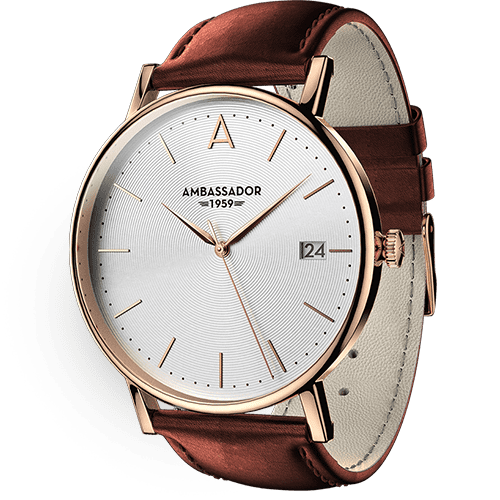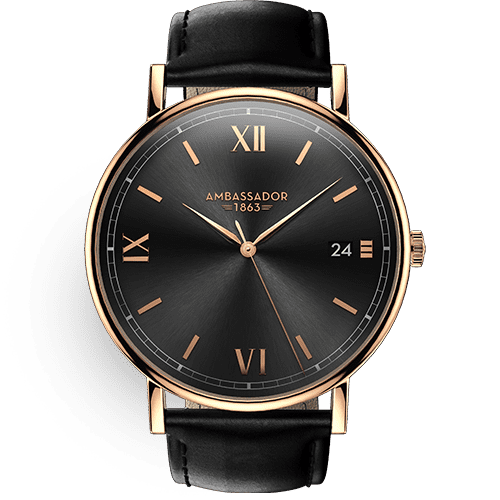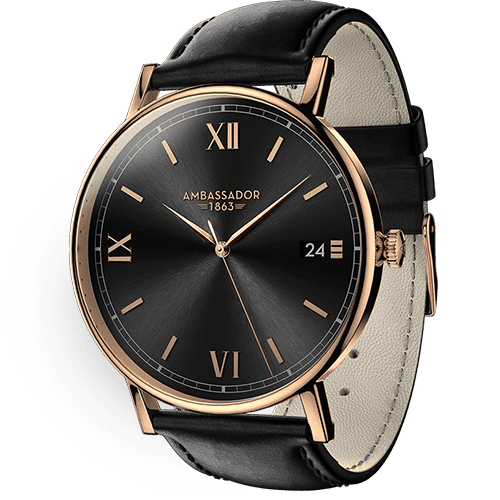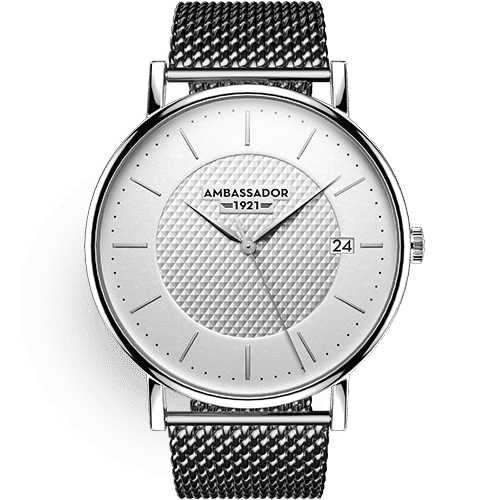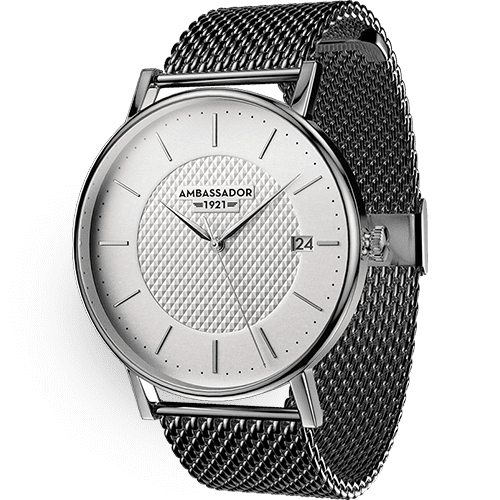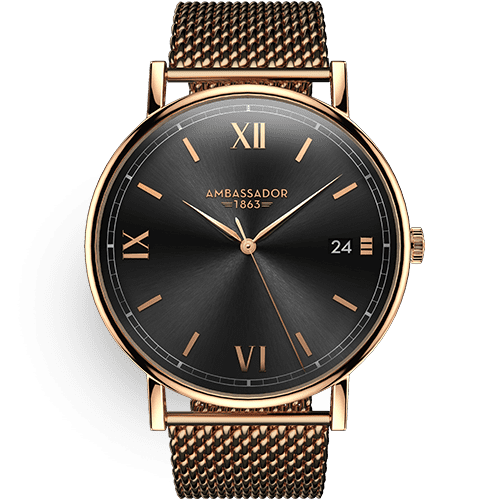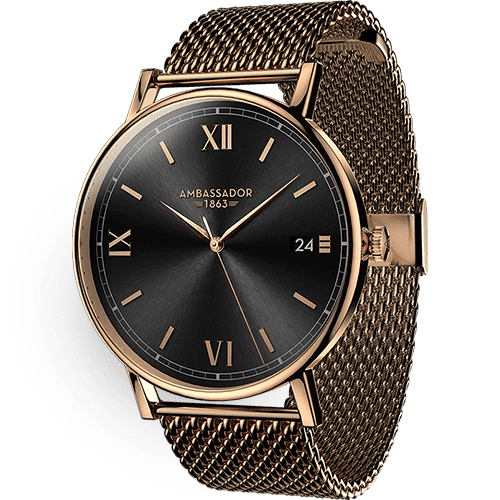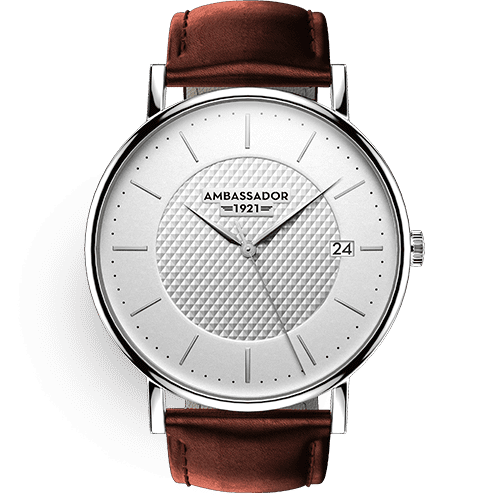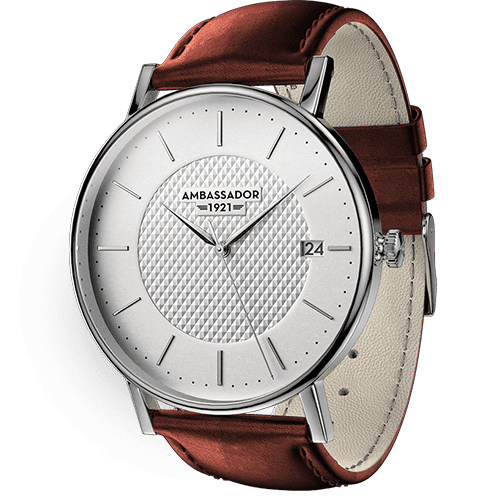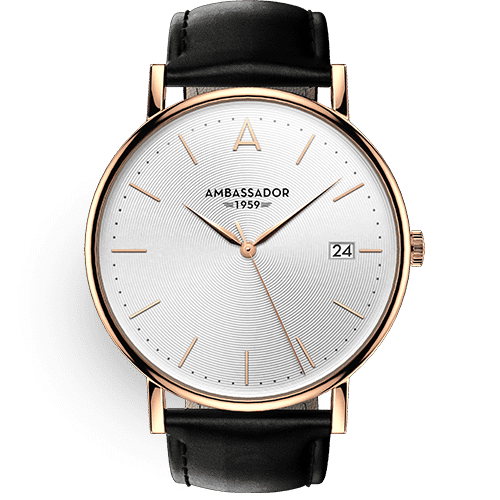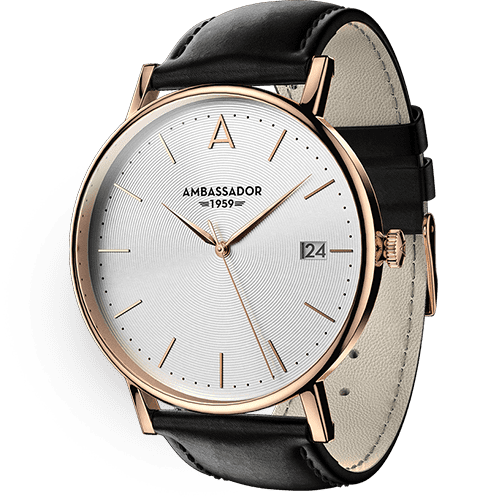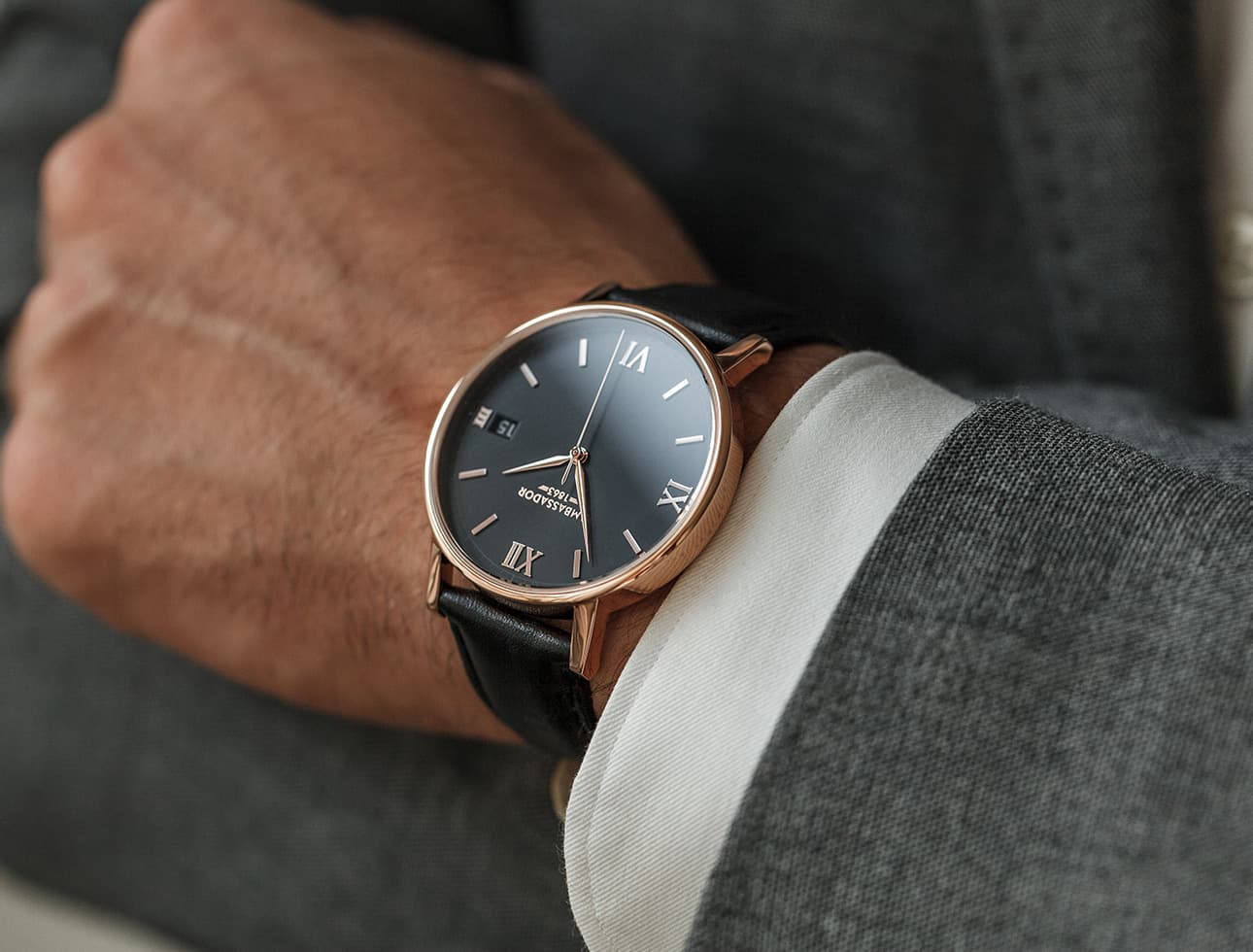The Dress Watch of the Past
Let dwell on the past for a moment. Ultra thin mens watches are also known as “dress watches” they were created in the early years of the 20th century and was regarded as the gentleman accessory that was built at the time to replace the pocket watch. The first models were noticeable for being sleek, elegant and sophisticated. There was no encumbering with these watches, and they didn’t need the complex and overtly flashy designs of their pocket counterparts. They were considered among other things, very discreet and were instantly regarded as an asset in the most refined social instances.
The Features of the New Models – A Comparison
By comparison, we can see that vintage thin wrist watches have changed very little with time. One of the signature features of a good thin mens dress watch was its size. The clock could be slipped in and out of any shirt cuff with a just a slight movement of the wrist. The encasing of these earlier models was usually rectangular, but time and the imagination of designers moved forward the boundaries to other shapes that have proven to be as functional as these first few models. The display of these watches was also noticeable for having Roman numeral indexes. These days a thin model watch follow the minimalistic approach by using single digits to mark each hour or none at all.
One of the critical differences between ultra thin mens watches from the past and the ones available at the present is the use of certain materials in their manufacturing process. A lightweight mens watch was usually crafted using precious metals that made them very expensive. Gold and silver were commonly used to create all the parts. In the present, modern alloys have made these vintage designs more durable and noticeable. The protective screen on older watches also used to be very delicate since it used the same type of glass that pocket watches where lined with. While the old models were covered with a metal front shell at all times, old thin wristwatches could be easily scratched. New models don’t have that problem since their surfaces are built to last.
When it comes to the wristband, is still unclear when metal bands first appeared on a lightweight mens watch, but we can say for sure that the first models of dress watches used leather straps to be kept in place. The material was chosen to offer comfort on the wrist since the accessory was designed to have direct contact with your skin. Metal eventually found its way to the band too, making these watches much more noticeable and enhanced with a higher-end look. As time has gone by, dress watches suffer little to no complications. Newer models rely on electricity to keep running, but even so, it takes a lot of time for a wristwatch to consume all of its battery power.



